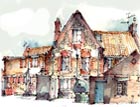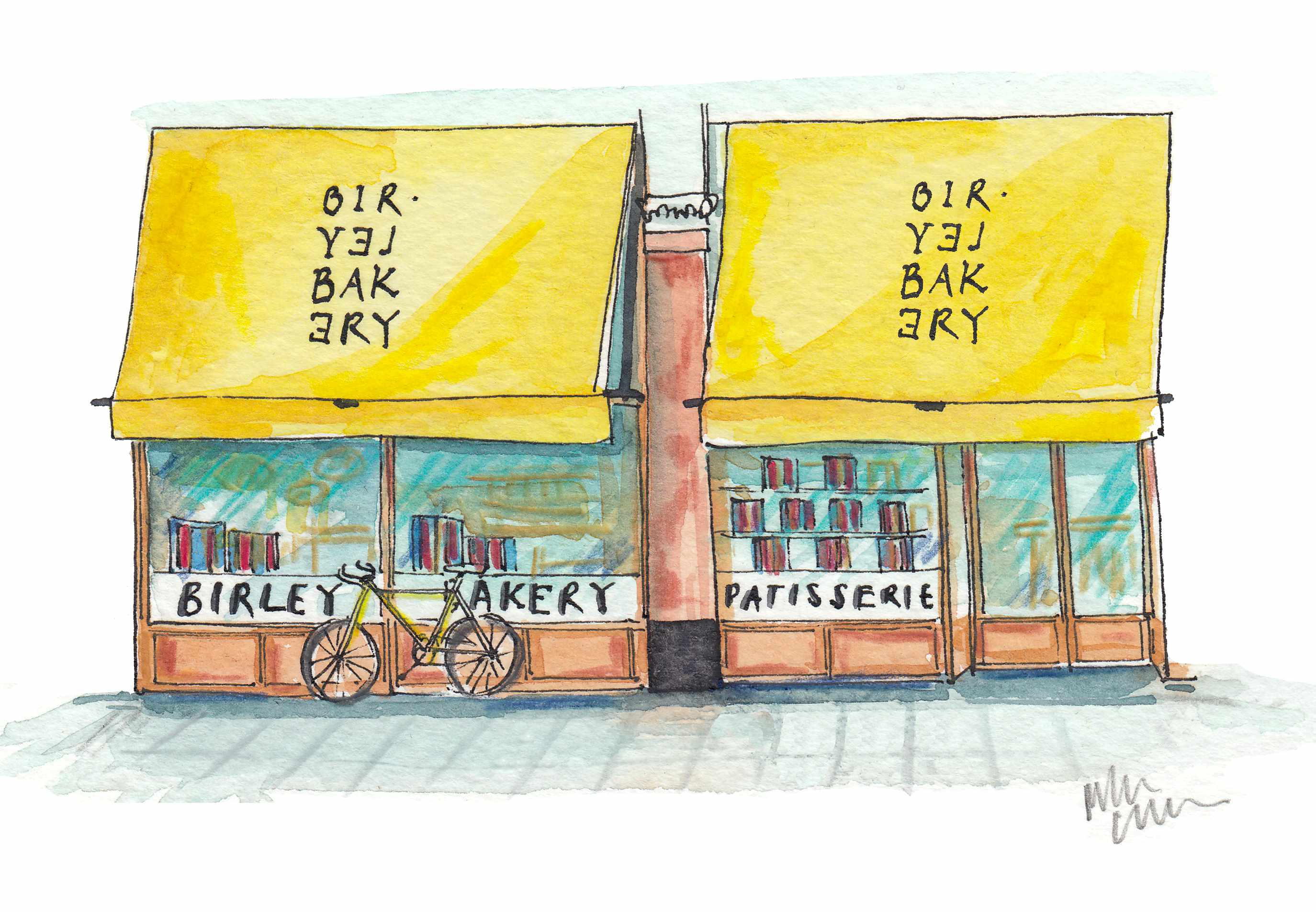Advice on choosing drains
Architect and broadcaster Ptolemy Dean pipes up in favour of traditional, cast-iron downpipes


My poor father was certainly taken to the cleaners by the local firm of builders who re-roofed my childhood home in Kent. One of the worst things they did was replace the castiron gutters with plastic, no doubt advising that cast iron 'rusts' and that, in any case, they 'cannot be bought any more'. As plastic is an inferior, cheap material that splits and sags over time, when summer came, the creaking and cracking of it as it expanded became a feature of life in the rooms located anywhere near the eaves. The black, glossy finish has now tarnished to a dull, opaque grey, and the fixings at the joins have become detached, spewing water over the building in times of flood. Should my father want to paint his gutters a more cheerful colour, he cannot, as the plastic will not accept paint. Happily, the 'Mr Botchit' builders were too lazy to replace quite a number of the cast iron downpipes, which have continued to function well, and are on target to outlive the plastic replacements. When renovating your dream house, regardless of the building materials, the two key matters are cost and maintenance. But, having worked on numerous older buildings, I know that cast iron gutters can last for decades if properly painted and maintained. This may require scaffold access, and consequently there is a higher potential cost, even if it is combined with the re-decoration of windows and doors. In my experience, it is easily worth it. Not least because with cast iron comes the opportunity to be inventive, both with profiles and downpipe brackets. Instead of the usual half circle, there are 'ogee' mouldings, shaped like a Classical cornice, and brackets can become an item of ornament rather than a mere banality. Castiron gutters are still readily available in many shapes and sizes, often matching the patterns ingeniously devised by the Victorians J and J. W. Longbottom (a suitably Dickensian name) has a particularly admirable range. Historically, the most expensive rainwater goods were always of lead, often with highly moulded 'hoppers'. These are the high level, box like cisterns that funnel the rainwater into the pipework below. They were often cast with the date of construction or the family arms. Lead hoppers are malleable, and if made sufficiently thick, should last for centuries. There is, perhaps, a limit to how beautiful downpipes can be. All too often they are joined by drainage pipes and soil ventilation stacks, and can become quite disfiguring. No amount of jolly turquoise paint can save the day with the house in North Norfolk, which has been smothered with a veritable spaghetti bolognese of pipes. Sir Edwin Lutyens' solution was to bury his rainwater pipes entirely into the fabric of the building. This understandable, but fairly fatal response can allow leaks to remain undetected for years, causing untold damage. A few carefully located cast-iron pipes are therefore the best answer.
Where possible, avoid plastic rain water goods.Be imaginative and choose attract ive pipes and brackets. J. and J. W. Longbottom Ltd can be contacted on 01484 682141.Do not bury rainwater pipes in the building as leaks can go undetected for years.
Sign up for the Country Life Newsletter
Exquisite houses, the beauty of Nature, and how to get the most from your life, straight to your inbox.
Country Life is unlike any other magazine: the only glossy weekly on the newsstand and the only magazine that has been guest-edited by HRH The King not once, but twice. It is a celebration of modern rural life and all its diverse joys and pleasures — that was first published in Queen Victoria's Diamond Jubilee year. Our eclectic mixture of witty and informative content — from the most up-to-date property news and commentary and a coveted glimpse inside some of the UK's best houses and gardens, to gardening, the arts and interior design, written by experts in their field — still cannot be found in print or online, anywhere else.
-
 'That’s the real recipe for creating emotion': Birley Bakery's Vincent Zanardi's consuming passions
'That’s the real recipe for creating emotion': Birley Bakery's Vincent Zanardi's consuming passionsVincent Zanardi reveals the present from his grandfather that he'd never sell and his most memorable meal.
By Rosie Paterson
-
 The Business Class product that spawned a generation of knock-offs: What it’s like to fly in Qatar Airways’ Qsuite cabin
The Business Class product that spawned a generation of knock-offs: What it’s like to fly in Qatar Airways’ Qsuite cabinQatar Airways’ Qsuite cabin has been setting the standard for Business Class travel since it was introduced in 2017.
By Rosie Paterson